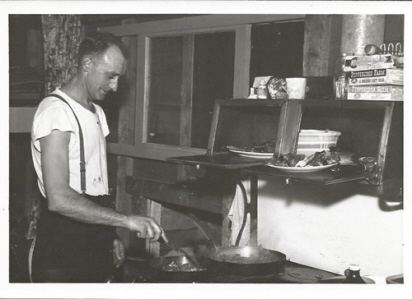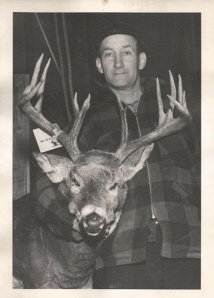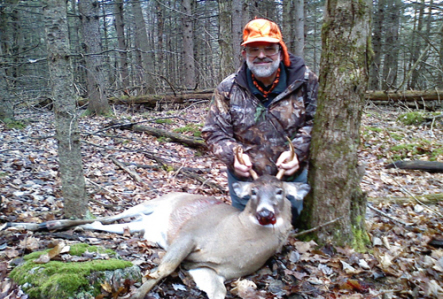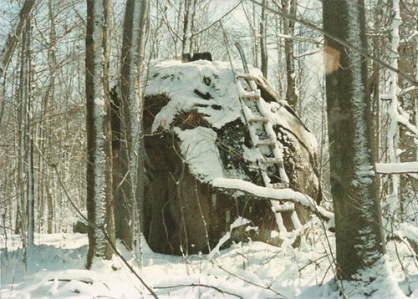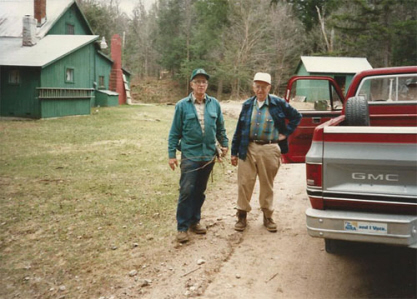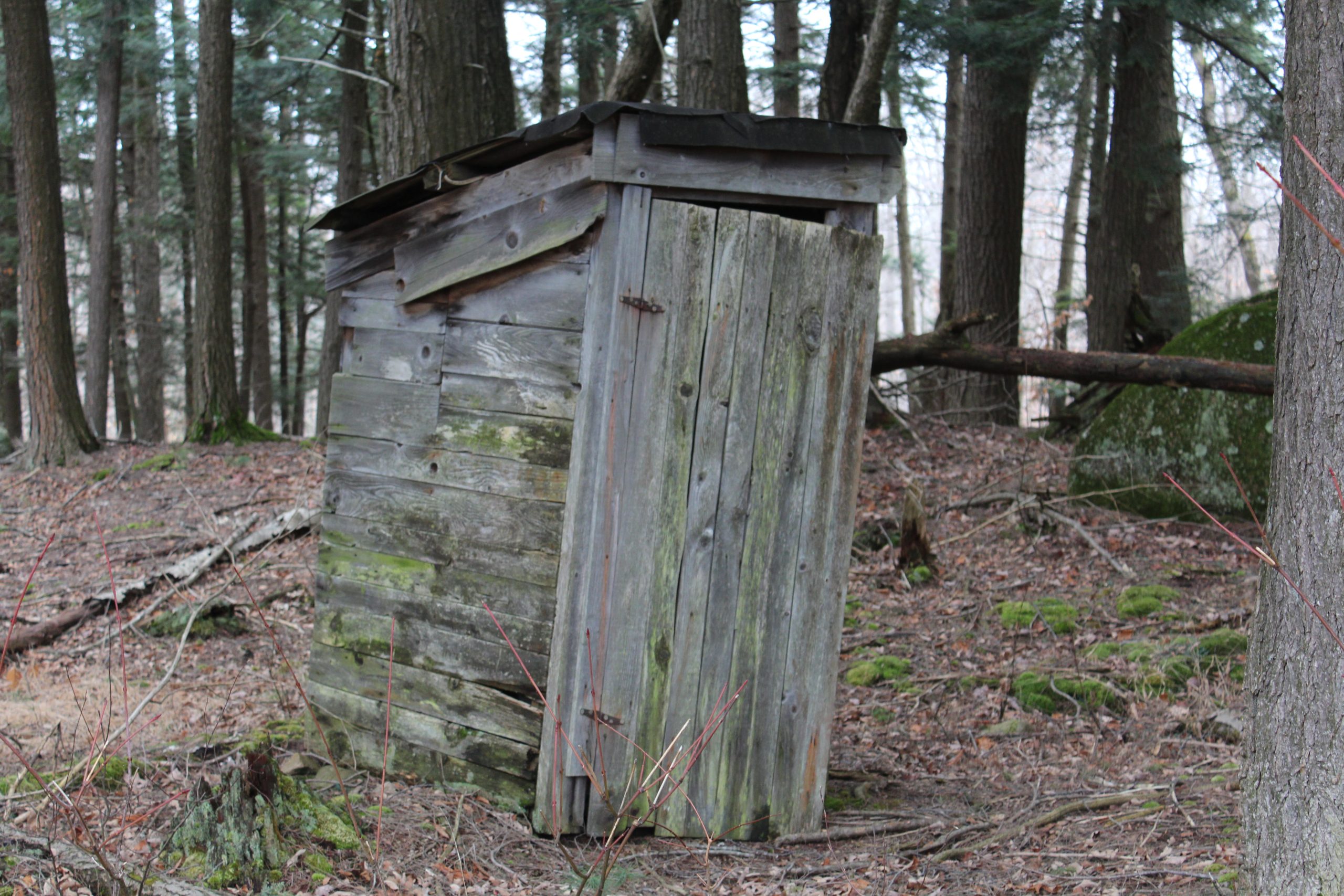History
Hunting, Fishing, Sports and Guide.
Joseph
Bonaparte, one of the first prominent and temporary visitors to our area would fit the general description of a “sport” by most guide standards. There are many definitions of a “sport,” but I would suggest it to be someone from out of the area that hires a local guide to assist them in all regards in their hunting, fishing, or other outdoor endeavors. There are many more colorful and derogatory definitions such as “dandy,” “charlatan,” and “greenhorn.” One old guide from Wanakena, Herbert F. Keith wrote, “Summing up, it appears that a sport is an animal with no brains, an abnormal constitution, body strength, and power of endurance.”!
In his three known trips to the Lake Bonaparte area, Bonaparte hired local people to guide and cater to him on hunting and fishing activities. It is reported that he requested the Town to be named Diana, after the mystical goddess of the hunt because he thought she would have liked it here as he did.
Certainly over the years thousands of sports have enjoyed the outdoors in this area. Guides were employed or available at many large hotels throughout the Adirondacks, including the Hermitage at Lake Bonaparte. Some entrepreneurs established large resor
t hotels in the woods and worked hard to entice gu
ests to come and stay for extended periods of time. Guides, supplies and equipment for outdoor activities were made available and shorter trips to outlying areas were planned.
One such resort was Forest Home, established by Warren Humes in 1888 on the Bryant Bridge Road where the Rod and Gun Club is now. The road was dirt and guests arrived by horse drawn wagon, which connected to the railroad station in Harrisville five miles away. Forest Home consisted of a large hotel with 12 guestrooms. It also had a dairy and a large garden to provide fresh vegetables during the summer and for preserving for the winter. Mr. Humes also had small hunting and fishing cabins at Mouldy Pond, Wo!f Creek, Oxbow, Maple Hill, the Alder Beds, and Elijah Lake. This last small lake was named after Elijah Humes, an early settler and woodsman. He was called Lige, so the lake is known locally as Lige’s Lake where a private club is located now. Warten had six sons, who often worked as guides, and other local guides that would take small groups of guests or “sports” to these rather primitive cabins and cater to their every need including cooking, clean up, as well as leading them to the best fishing or hunting locations.
Forest Home was a viable business until 1914. This roughly corresponds to the demise of many of the first rate, large wood framed hotels throughout the Adirondacks. It was common for Humes to entertain over 100 guests in the summer and fall season. One major contributor to these closings was the greatly expanded use of the automobile that permitted people that loved the outdoors to “commute” to and from the woods daily.
In the first two decades of the 20th century New York State acquired large acreages of woodland throughout the area. As they procured this land they forced many small privately owned camps to be removed or destroyed. In 1916 special permits were given to build camps on State land for stays of more than three nights. Regulations on the construction, materials, and conditions of tenure were adopted. I do not know what these earliest camps consisted of, but in the 1950's they were merely one or more permanent wooden tent platforms. A large wall tent or waterproof canvas on a temporary wood frame with a small wood stove was typically mounted on the platform for the hunting season and then removed. Often one tent was used for cooking, eating, and socializing and another as a bunkhouse.
As these tents and related duffel were bulky and heavy, horse drawn “tote” wagons were often hired to transport supplies in and out of the woods. This was a significant source of extra income for many farmers who lived on the fringe of State lands. The State banned all permanent tent platforms in the 1960’s although, long-term hunting permits are still available and tents can be pitched for most of a hunting season in certain locations.
New York State began voluntary guide registration in 1919, and mandatory licensing in 1924. “If you offer services to the public at large, you need a license. Regulations of 1987 indicate a guide must: Have a physician’s statement certifying good health; hold current Red Cross CPR, First Aid; and Basic Water Safety status; take a general basic exam, and an exam in each category in which one wants to guide hunting, fishing, camping, hiking, white-water rafting and/or canoeing and/or kayaking, rock climbing and ice climbing.”
Reference: *Herbert F. Keith Man of the Woods. Syracuse University Press, Syracuse, NY. 1976. P, 129. This reference has much detailed information including a comprehensive appendix of 2,700 names of licensed guides.
Not many local people made the effort to obtain a guide’s license unless they owned or managed a private club. One early renowned Adirondack guide, Wilfred Morrison said this about State guide licenses, “I never git one of dem cause people think I'm a greenhorn.” His reasoning for thinking this way was that several newcomers had bought licenses without any guiding experience. The main qualifications at that time seemed to be the fee of two dollars and the ability to sign your name.
Few Adirondack guides could make a living only by guiding. Most ran trap lines, worked in the woods or on large private parks, or held odd jobs to supplement their meager income from guiding. Still, most of them loved their work and the time spent in the company of their guests. Many were outstanding outdoorsmen and terrific marksmen. An increasing number of women are now guides.
The era of most professional guiding and hunting at big lodges ended during the depression and with World War 1. After the war most individuals preferred to hunt on their own or with a small group of friends. As a result, numerous hunting clubs with limited and invited membership were formed. These clubs often bought land or leased it from paper companies that owned large forest tracts. Some clubs built permanent camps of various levels of sophistication, while others just hunted the land. Where leasé agreements were used, they proved to be a win-win situation. The lease usually paid the property taxes for the landowners and the club members obtained exclusive right to post and hunt the property.
It is estimated that there have been, and/or remain, over 100 such clubs near Harrisville.
History Page 2

Pictures loaned by Gerry Humes

